From the Garden to the Kitchen: Everything You Need to Know About Sage
Sage is a versatile herb with a rich history in both culinary and medicinal uses. Known for its earthy, slightly peppery flavor, it adds depth to a wide range of dishes, from roasted meats to pasta sauces.
Its aromatic leaves have been a staple in kitchens for centuries, particularly in Mediterranean and European cuisines. Beyond its culinary appeal, sage has long been valued for its health benefits. It is often used in traditional remedies to aid digestion and boost memory.
Sage is a hardy plant that thrives in well-drained soil and sunny spots. Its fragrant leaves are the perfect addition to herb gardens, offering both beauty and utility. Whether fresh or dried, sage imparts a distinctive taste to foods like stuffing, sausages, and soups. Additionally, its essential oils are used in aromatherapy and skincare, showcasing the herb’s diverse uses.
In this post, we’ll explore the many ways you can incorporate sage into your cooking and wellness routines and offer tips for growing and preserving this flavorful herb. Whether you’re a seasoned cook or just starting to explore herbs, it will quickly become a go-to ingredient in your kitchen.
A Little Sage History
Ancient texts mention sage, including the writings of Pliny the Elder and Dioscorides, who both highlighted its medicinal properties.
The ancient Romans considered sage a sacred herb, using it to treat various ailments and purify the air. They also included it in incense and perfumes. The ancient Greeks shared similar beliefs, using sage for medicinal purposes and associating it with the power to prolong life and enhance wisdom.
Sage is still used in cooking and medicine today. It is present in many dishes, and it is used to make tea and essential oils. Sage is also featured in various medicinal products, including supplements and topical creams. Despite its long history of use, more research is necessary to fully understand its potential health benefits.
Medicinal Benefits
Sage has a long history of medicinal use. People have traditionally used it to treat various ailments, including digestive problems, sore throats, and skin irritations. With its antimicrobial and antioxidant properties, it may help reduce inflammation and fight infections.
Research shows that sage calms the nervous system, potentially reducing anxiety and stress. One of the active compounds in sage, salvinorin A, is believed to have anti-inflammatory and pain-relieving effects. Sage also contains compounds that may improve brain function, such as enhancing memory and cognitive performance. Some studies suggest sage may positively impact menopause symptoms, including hot flashes and night sweats.
Here are some medicinal uses of sage I’ve found:
- Digestive issues: Traditionally, sage treats bloating, gas, and indigestion, improving digestion and relieving discomfort.
- Sore throat: Sage’s antimicrobial properties may reduce inflammation and kill bacteria in the throat, making it effective for treating sore throats and throat infections.
- Skin irritations: Sage is used to treat conditions like acne, eczema, and dermatitis, thanks to its anti-inflammatory effects that reduce redness and swelling.
- Anxiety and stress: With its calming effects, sage has been used to reduce anxiety, improve mood, and promote relaxation.
- Menopause symptoms: Some studies suggest sage may alleviate hot flashes and night sweats by regulating hormones.
- Pain relief: Salvinorin A in sage provides pain-relieving and anti-inflammatory benefits, helping to reduce pain and inflammation.
- Brain function: Sage contains compounds that may improve memory and cognitive performance, reducing the risk of age-related cognitive decline.
While sage has a long history of medicinal use, more research is needed to fully understand its potential health benefits. Always consult a healthcare provider before using sage as a medicinal treatment.
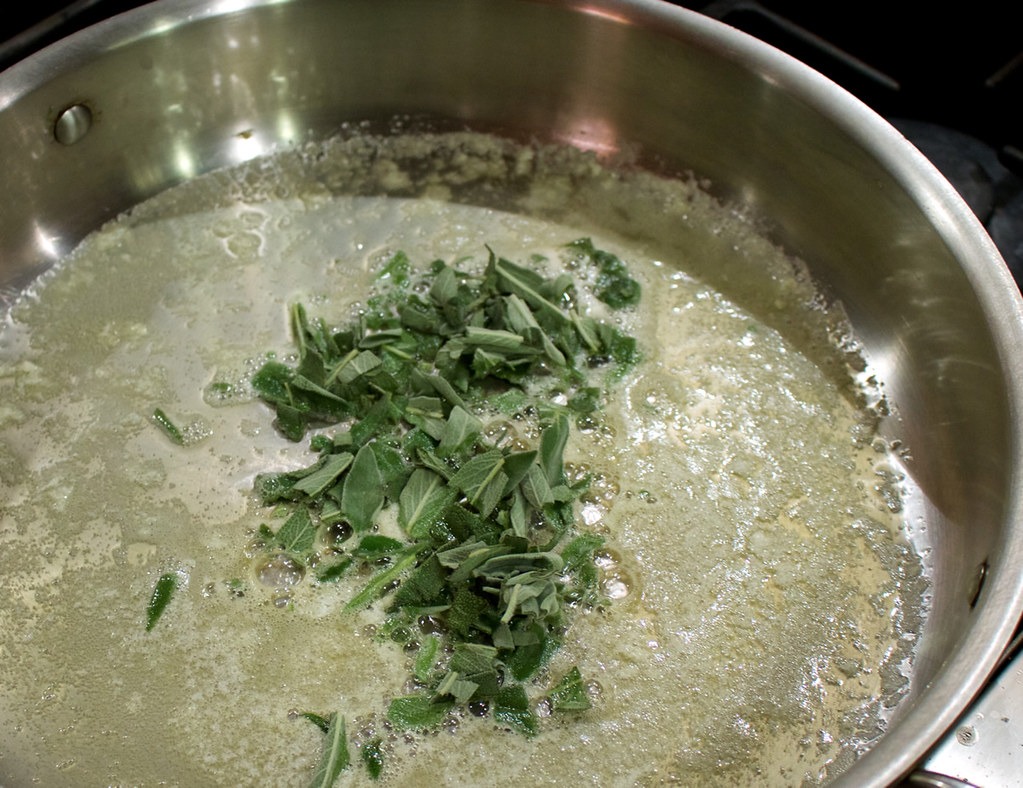
Cooking With Sage
In addition to its medicinal properties, people also use sage widely in cooking. It adds flavor to meats like chicken, turkey, and pork, as well as various other dishes.
It pairs well with rosemary and thyme, making it a common ingredient in stuffings and marinades. You can also use it to make tea and incorporate it into homemade beauty products like face masks and hair rinses.
Here are some ways to use sage in cooking:
- Meat dishes: It flavors meats like chicken, turkey, and pork. It pairs well with rosemary and thyme and is a key ingredient in stuffings and marinades.
- Sauces: Use it to enhance the flavor of sauces like tomato and mushroom sauce. It also works well in herb-infused oils and butter.
- Soup: Sage adds flavor to soups and stews, especially when paired with hearty ingredients like beans, lentils, and root vegetables.
- Vegetable dishes: Flavor vegetable dishes like roasted vegetables and sautéed greens with it. It’s also an essential ingredient in ratatouille, a classic French dish.
- Pasta: Sage complements pasta dishes like ravioli and gnocchi, especially when paired with creamy sauces and cheese.
- Baked goods: Use sage in baked goods like bread, biscuits, and scones, or in traditional sage and onion stuffing.
- Tea: Sage makes a warm, slightly bitter tea that can stand alone or blend with other herbs like mint or chamomile.
Sage is a versatile herb that adds flavor and aroma to various savory and sweet dishes.
Growing Sage
Sage is easy to grow in various climates. It prefers well-drained soil and full sun but can tolerate partial shade. Given enough space, plants can grow quite large.
You can propagate it by rooting cuttings or dividing the root ball of an established plant. It’s also easy to grow from seed, though it may take a bit longer for the plants to mature.
Sage can be propagated by rooting cuttings or by dividing the root ball of an established plant. It is also easy to grow sage from seed, although it may take a bit longer for the plants to mature.
Buying Sage
Sage is widely available in supermarkets and specialty stores. Here’s what to consider when buying sage:
- Fresh or dried: Fresh sage has a delicate flavor, best for quick-cooked dishes like soups and stews. Dried sage offers a more potent flavor, ideal for longer-cooked dishes like roasts and braises.
- Quality: Look for bright green sage with a fresh, fragrant aroma. Avoid sage that’s wilted or has brown or yellow spots, as it may be old or of poor quality.
- Packaging: Fresh sage should be packaged to preserve its freshness, such as vacuum-sealed or wrapped in moisture-proof paper. Dried sage should be stored in a way that keeps it dry and protected from light.
- Organic: If you prefer organic sage, look for certified organic products, ensuring they were grown without synthetic pesticides and fertilizers.
- Price: Fresh sage tends to be pricier than dried, but dried sage may not offer as much flavor.
By considering these factors, you can purchase high-quality sage to enhance the flavor of your dishes.
Conclusions
Sage is a versatile herb with numerous culinary and medicinal uses. It’s easy to grow and adds flavor to a variety of dishes. With its medicinal properties, sage offers benefits for treating ailments and improving brain function and menopause symptoms. Sage is a valuable herb worth adding to your garden and cooking repertoire.
Recipes Featuring Sage
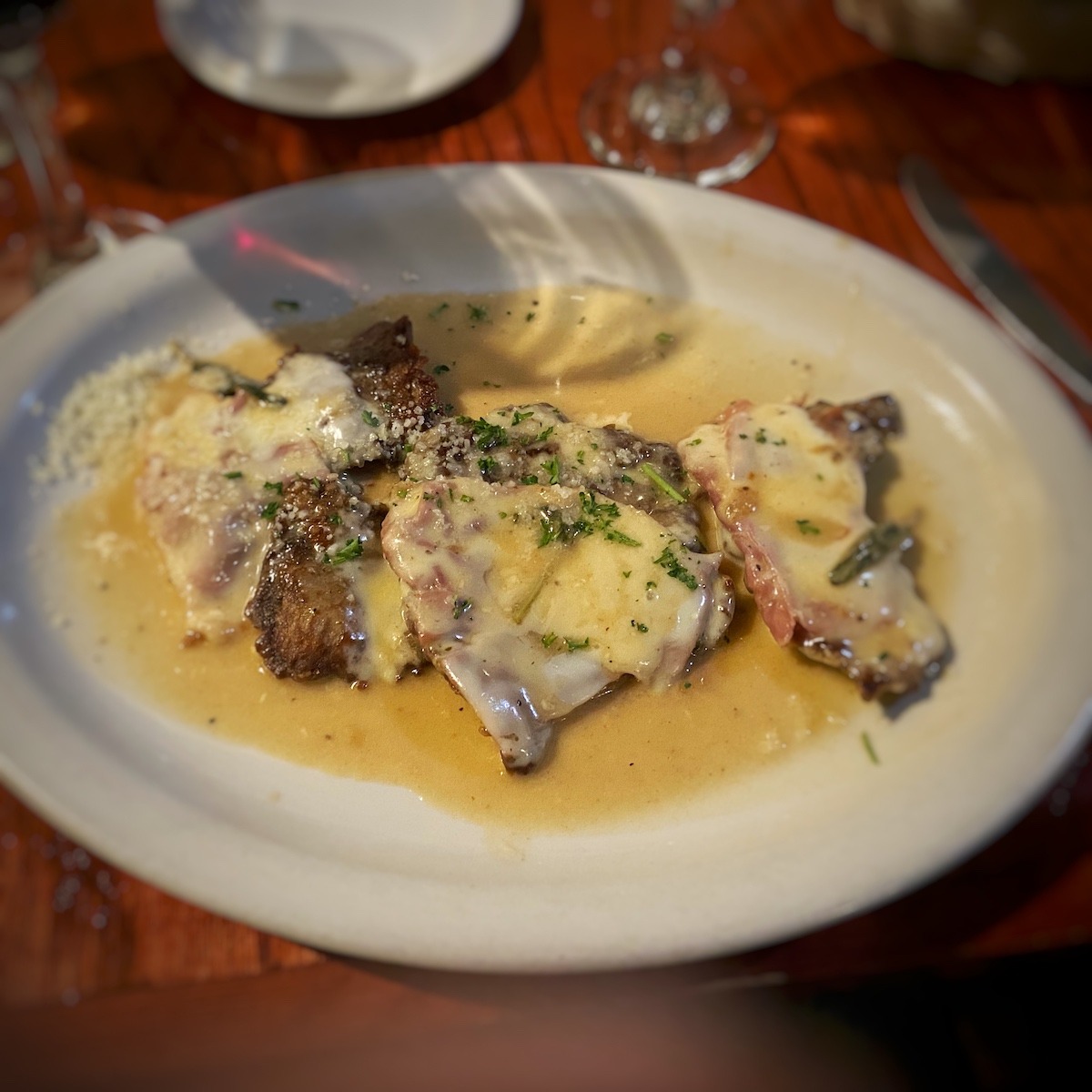
Roasted Sweet Potatoes with apples and Maple-Sage Butter
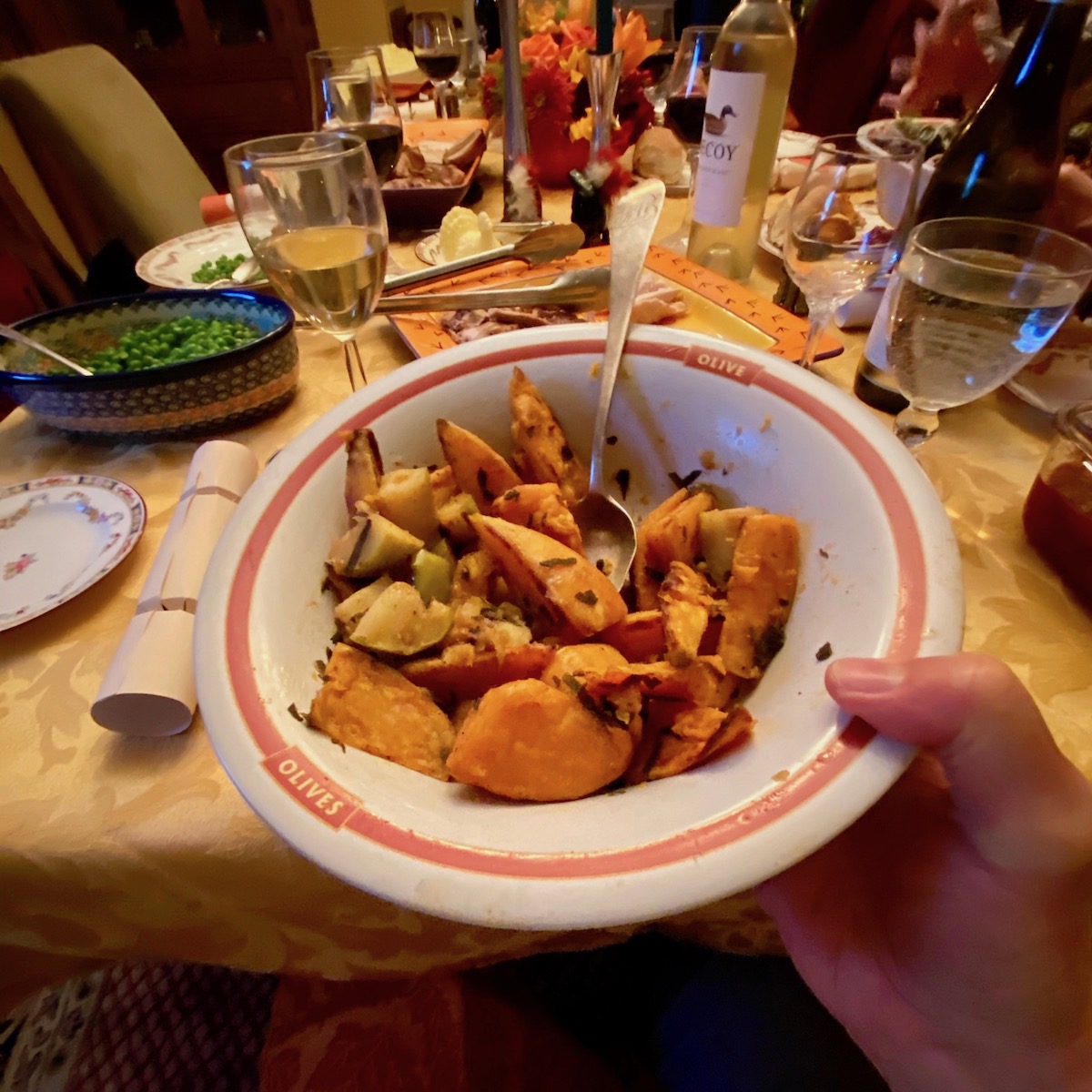
Sage Brown Butter Sauce (amazing)
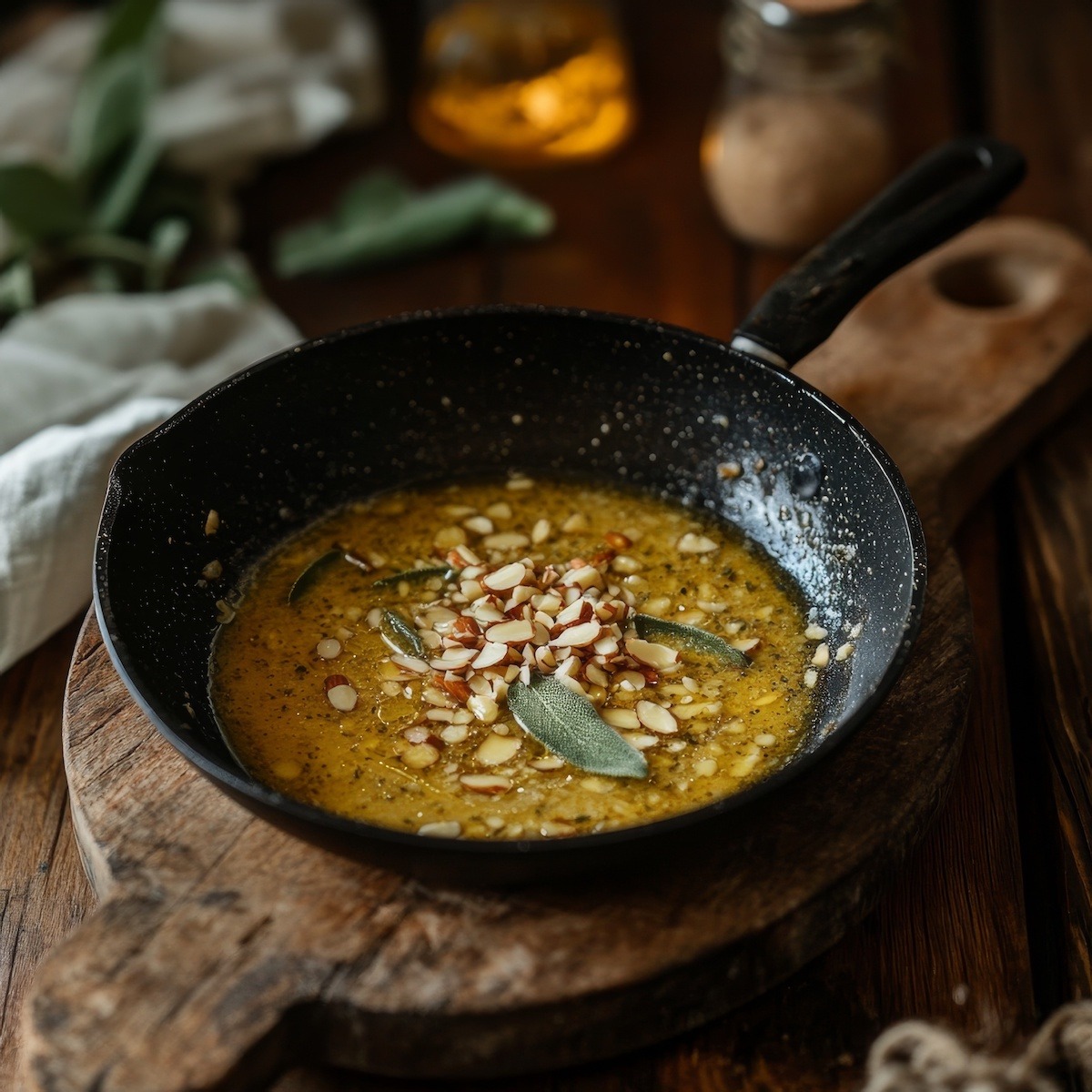
Roasted New Potatoes with Rosemary and Sage Recipe
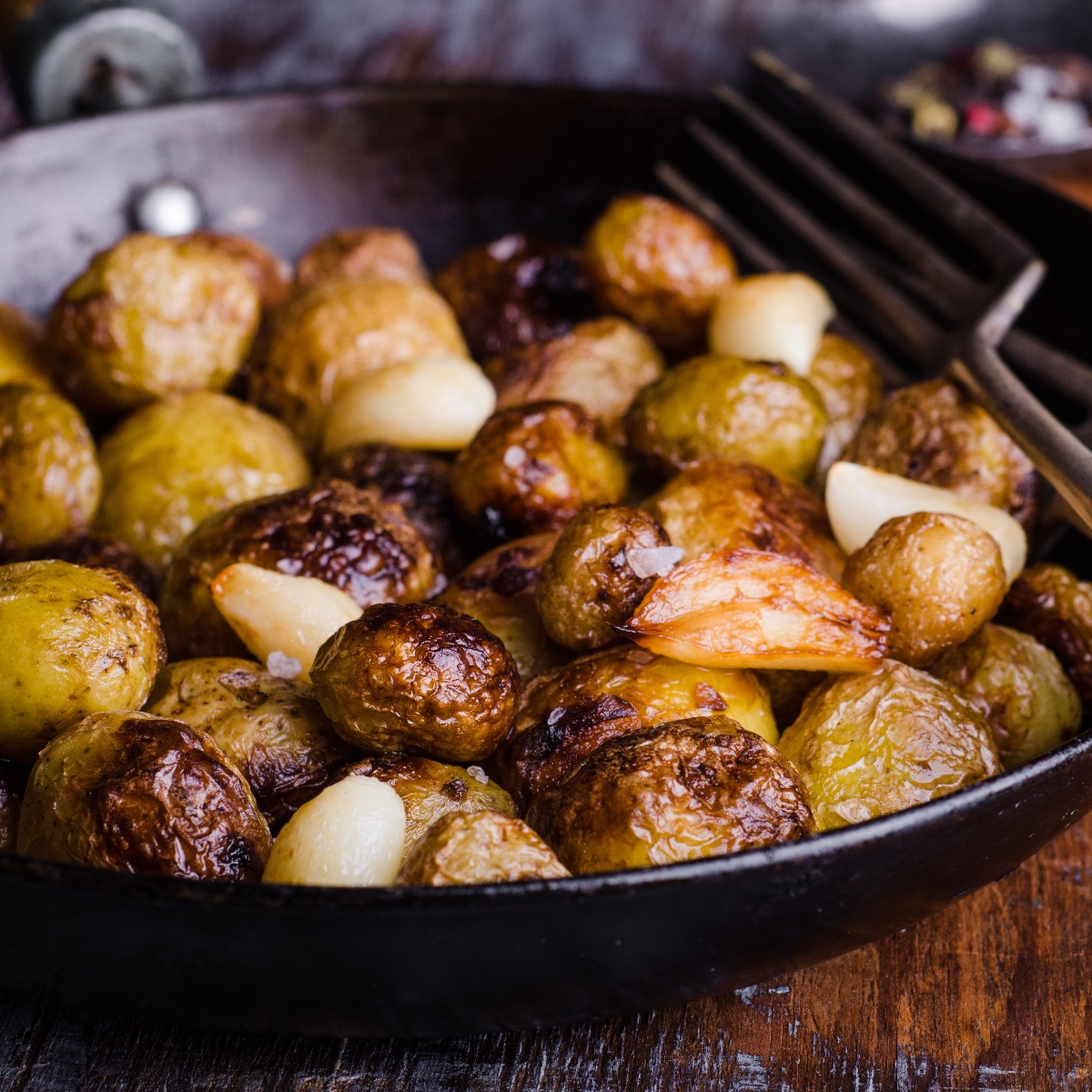








4 Responses
Hi, I’m Chanie. I’ve been looking through your blog and find the information is so resourceful and a great read. Thanks.
Hi Chanie, you are welcome and thanks for visiting my site. Please tell all your cooking friends about it and visit me on Facebook, Twitter, Instagram and all the other fun social networks.
very nice lesson. and videos. like to know pasta marechiara.
Hi Nando, is this the sauce made with garlic, oil, and clam juice? Let me see what I can come up with.